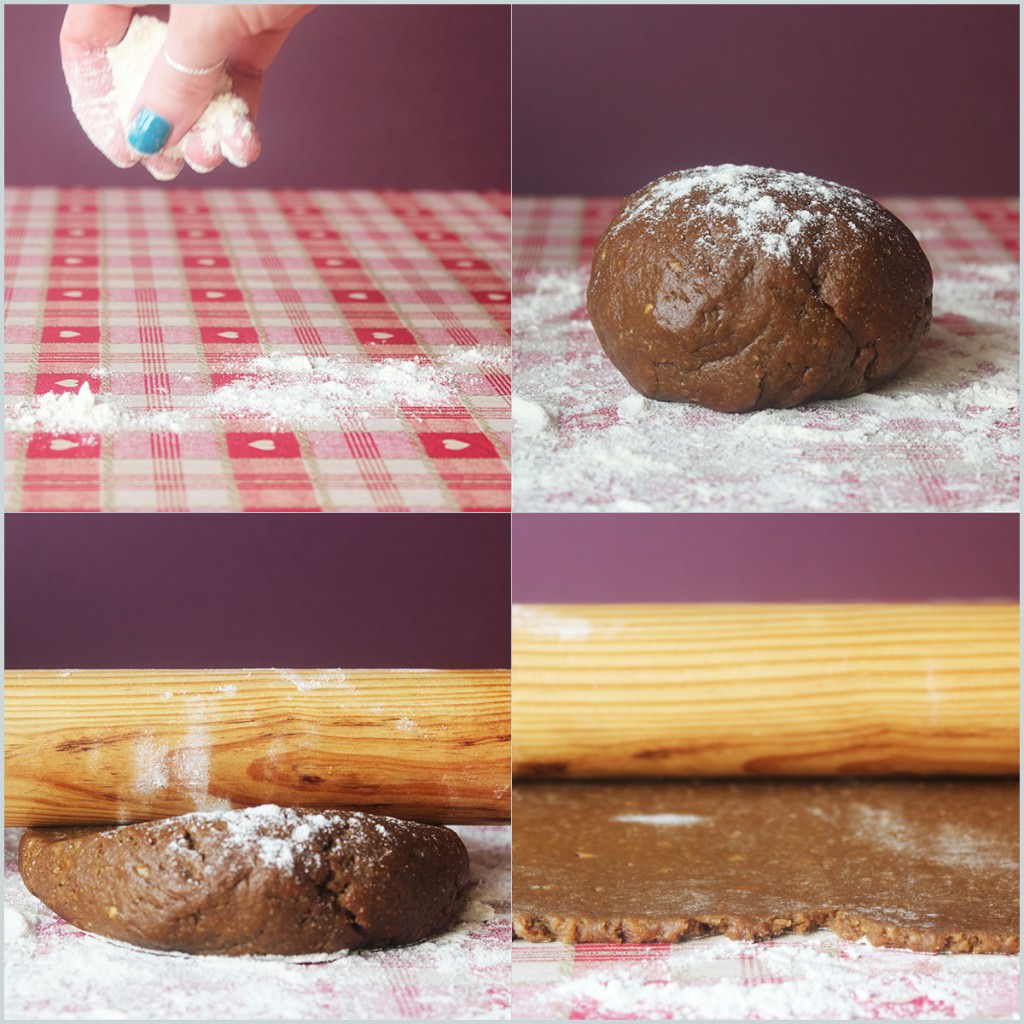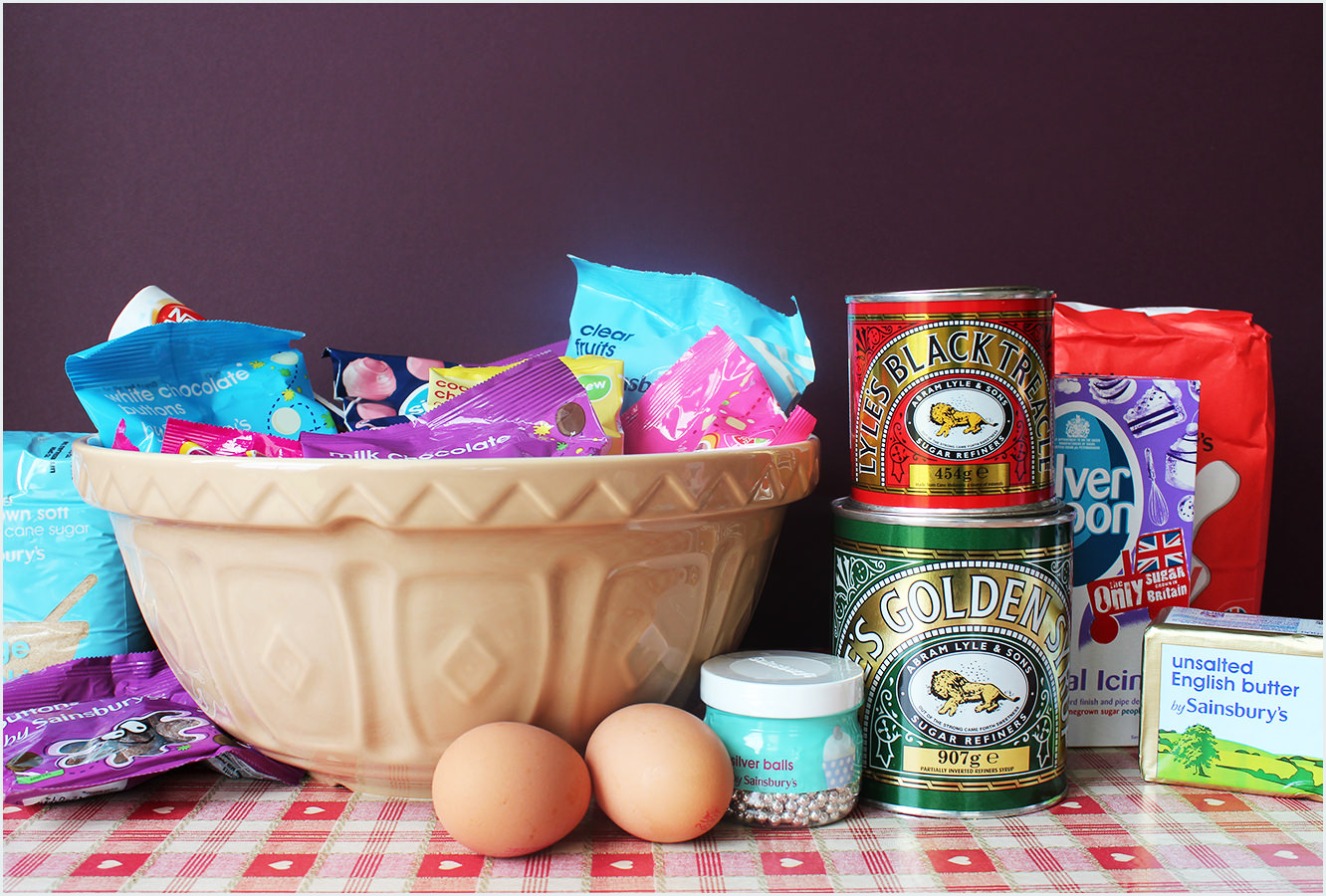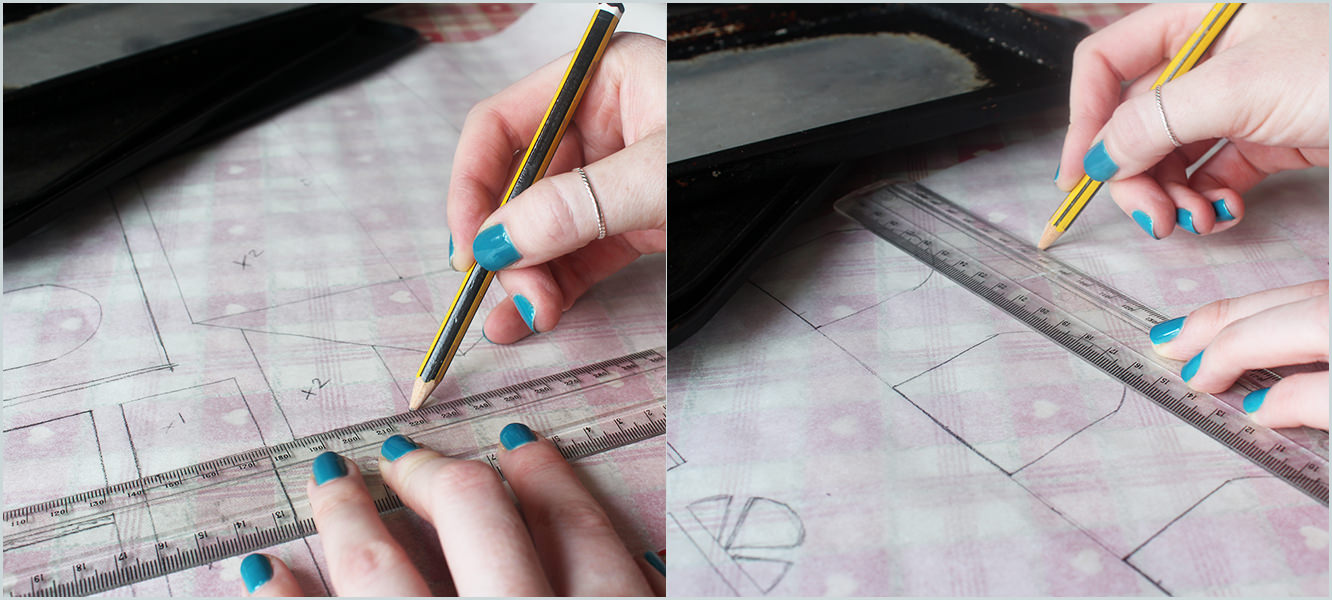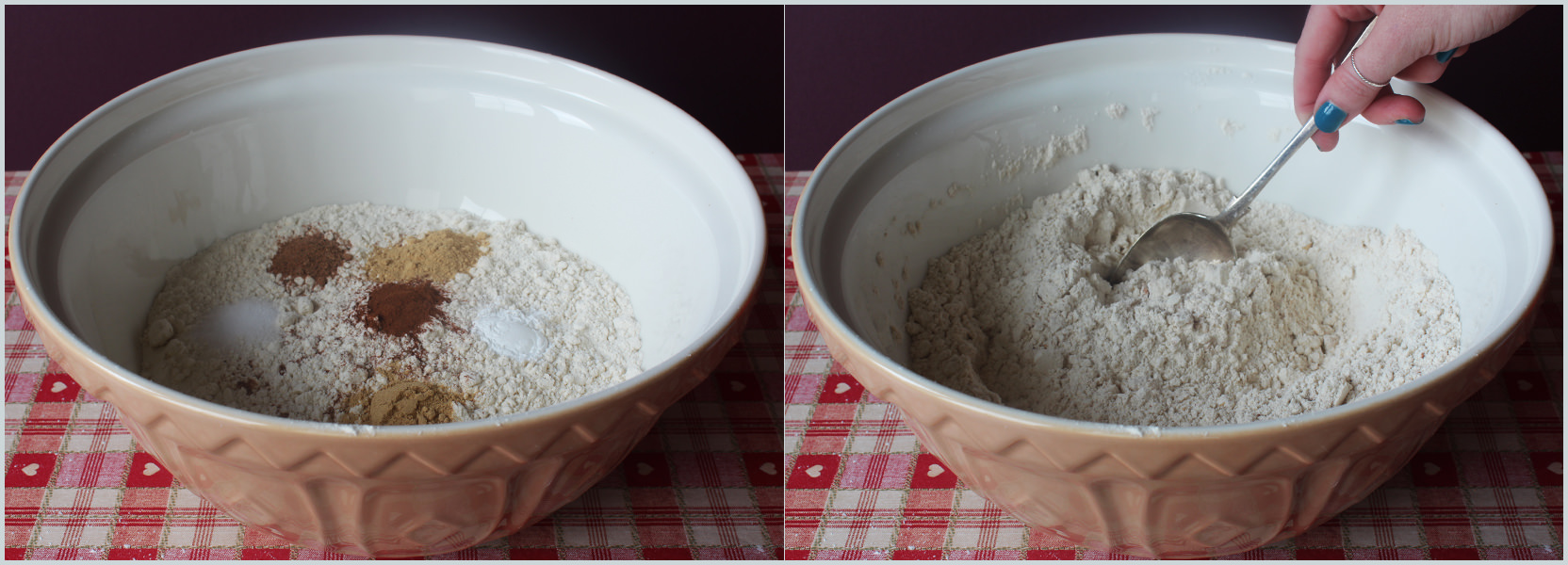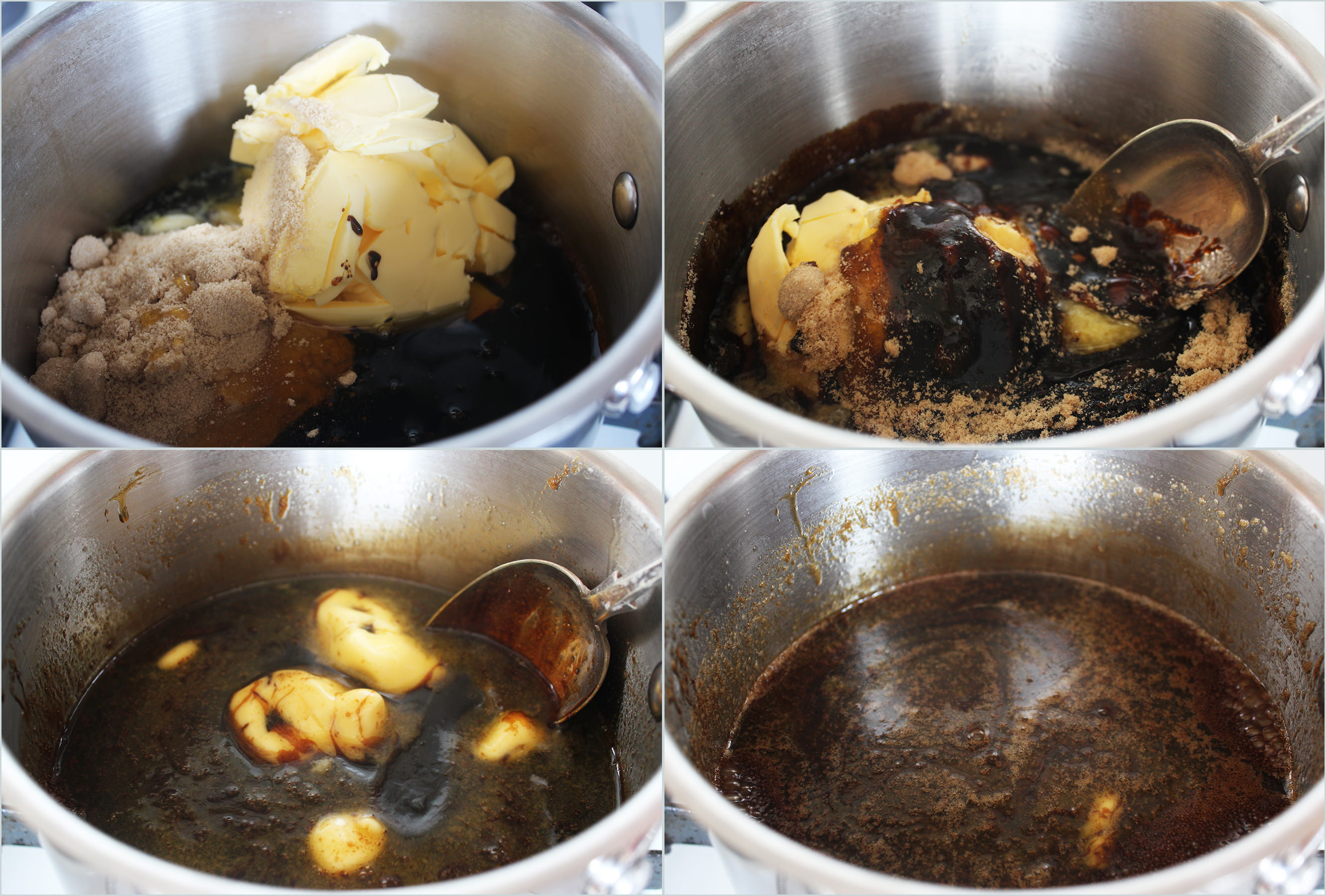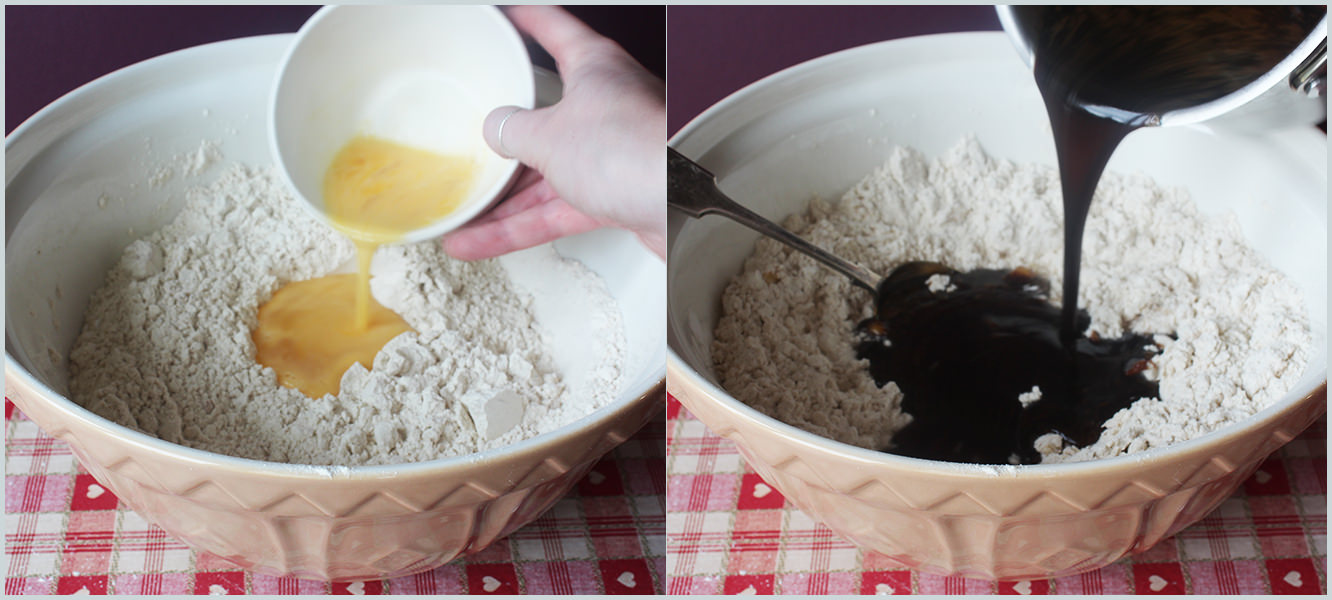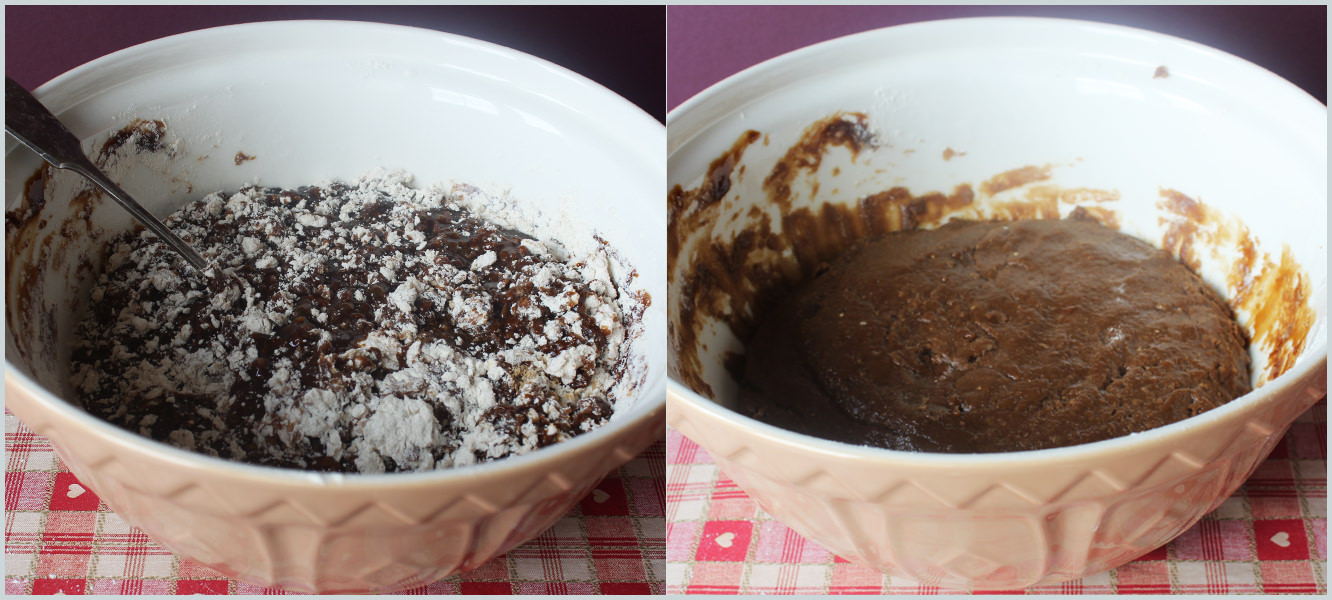Three and a bit years ago I stumbled across a marvellous young lady called Anna. She gave me the inspiration to start a new Christmas tradition. I implore you to do the same, there is very little as satisfying as creating a freestanding gingerbread structure – and I won’t lie, it helps that you have a year in between to recover and block out all the royal icing acrobatics it took you to get there.
Apologies in advance for some of the slightly odd measurements below, the recipe is a bit inbred at this stage. Original credit goes to Anna, but I’m not convinced she would still want ownership given my Canadian to English translations and elaboration on the method (I lost the original).
Things you need:
Plain flour: 1lb 10.5 oz/750g/5 cups
Soft light brown sugar: 5oz/140g/1 cup
Unsalted butter: 7oz/200g/1 cup
Eggs: 2
Treacle: 5 tbsp
Golden syrup: 8 tbsp
Salt: 1 tsp
Baking powder: 1 tsp
Ground ginger: 2 tsp
Cinnamon: 2 tsp
Nutmeg: 1 tsp
Other:
Royal icing: probably 2 boxes
A lot of sweets
A base (I used an upturned tray)
Patience: a generous glug
Step one:
Draw out your design on greaseproof paper. I did write down the dimensions of mine but I suspect it ended up in the recycling with a flurry of lists and post-it notes, but it is relatively straightforward maths.
Some tips:
Measure your baking trays and base first. I hope that doesn’t sound too obvious, I’ve had to go back to the drawing board before now, after realising to my disappointment that I don’t own industrial equipment.
When drawing the chimney, draw it directly onto the roof so that it is definitely at the right angle to put on your house later (see photo above left). Don’t forget you need two little rectangles as well, one the same height as the short edge, and one the same as the longer side – they should be the same width.
Draw the front and sides first so you can take the measurements for your roof from those, make sure you add a little for overhang etc.
Mark x2 or x1 and something to identify the pieces on each – they have a tendency to become unrecognisable at some stage.
Step two:
Mix together the flour, baking powder, salt and spices. You will need a large bowl.
Step three:
Put butter, golden syrup, treacle and sugar into a saucepan and gently heat until sugar has melted.
Step four:
Beat the eggs with a fork in a small bowl and mix into flour mixture. Alternatively you can mix them with the treacle and syrup at an earlier stage and not heat these with the butter.
Pour in butter and treacle mixture.
Step five:
Stir wet ingredients into dry. Place bowl outside or in the fridge until completely cool.
Step six:
Dust a large work surface thoroughly with plain flour. Take a third to half of the mixture and mould into a ball.
Sprinkle dough and rolling pin with more flour and roll out. Make sure you keep turning the dough to keep it as square as possible. You want it to be about 5mm thick.
Step seven:
Grease baking trays well and then cut out all your shapes.
A tip with the larger pieces is to define the rough shape and then transfer to baking tray, in order to finish cutting once it’s on the tray. This will stop it stretching when you move it, as it’s fairly important to keep the edges as straight as possible. Of course, if your baking trays hate you as much as mine do, then they will warp themselves in the heat of the oven just to mock you.
When cutting out the chimney, flip the template over so that you can have pieces with right sides facing out all around.
Keep rolling and cutting until you have all the pieces you need.
Step eight:
If you want a stained glass window effect then put some boiled sweets in a sandwich bag and pound them to dust with a rolling pin. This takes a bit of welly, so best to do it at a sociable hour to keep the neighbours happy…sorry Audrey…
Fill your window gaps with the crushed sweets.
The bottom-right photo shows you my fatal mistake. For any pieces with windows like these, put greaseproof on the tray first. Otherwise you might have a spot of bother removing it due to its size, fragility, and your patience levels…more on that later.
Step nine:
Bake the pieces in the oven at gas mark 4/180 C/350 F.
Keep an eye on them, as different pieces will bake at different speeds, from 10 mins to 25! It’s always better to go a bit over than under though, as you can cover the darker areas in sweets, but nothing can hide/save a caved in roof because the biscuit was too soft. Having said that, my sister did prop my first roof up with a gingerbread dinosaur when I had that exact problem, so all is never lost.
Step ten:
Stay tuned! I will be posting a guide to assembling and decorating later this week.

